Top seven perks of living near your (Jewish) grandparents
Permanent link
.jpg)
Bubzie and Papa
Growing up, I never lived close to any relatives. Sure, my family of four had its fair share of friends who certainly FELT like family, but the closest blood relation lived about 400 miles away.
This all changed the summer after I turned eight. That’s when my family moved from Plymouth, MN to Northbrook, IL. My dad’s company was relocating to Chicago, so we moved with it. I still remember the moment when we turned onto our new street, at midnight, seven and a half hours of driving later.
Who do we see on our driveway? My mom’s parents (aka my “Bubzie and Papa”), my great aunt Jane, my uncle Steven, and my mom’s cousins Ellen and Dana jumping up and down, in their pajamas, barely able to contain their excitement. You see, much of my mother’s side of the family lives in the Chicago area, and we had just been initiated into their group by finally living within ten miles of each other. A few years later, my dad’s parents (aka my “Grammie and Grandpa”) bought an apartment in Chicago, and for the first time ever, I had both sets of grandparents within driving distance.
Grammie and Grandpa
I had no idea how this would change my life, other than being able to see my family more often. But, little did I know how awesome it is to live so close to my grandparents. And so, following in the Oy! spirit of top seven lists, I give you the top seven perks of living near your (Jewish) grandparents:
1. You have a built-in entourage for events.
When I was younger, my cheering section at dance recitals was one that could rival this year’s World Cup. While most other girls had their parents and siblings in the audience, I was that lucky girl who would sometimes have BOTH sets of grandparents yelling my name.
2. Holidays just got a lot better.
When the holidays roll around, make sure to set the table for 20! We never have a dull moment, never dread the prerequisite dinner that comes with certain times of the year. Our holiday meals are right out of a Seinfeld episode!
3. One word: leftovers.
After those holiday meals, where do you think all the extra food goes? Lunch, dinner, and snacks for the rest of week! And I’m not talking about just ANY leftovers, but delicious, home-cooked, holiday delicacies. I eat like royalty after the holidays!
4. You have someone to rely on.
If you are going out of town and need help with pets, house responsibilities, you need a babysitter or things of that matter, and your grandparents are able to spare some time, you know you can always rely on family. And that goes both ways! If they ever need help you can be there for them, too. Bottom line, you know you can always call on family to be there for you if you need it.
5. Speaking of calling, whenever you’re feeling low, who ya gonna call?
When I was in elementary school, middle school, and high school, and I wasn’t feeling well, sometimes my parents weren’t able to come pick me up. Instead of having to suffer in the nurse’s office at school, I knew I could always call my grandparents to drive me home and help me feel better.
6. Did I mention the cooking?
Not only does my Bubzie make the best food for holiday meals, but also random Sunday night dinners at my grandparents’ house are some of the best meals I’ve ever had. My Bubzie likes to collect cookbooks from all over the world, and she puts them to good use, always trying new dishes.
7. And the most important perk of all: you get to spend as much time as you possibly can with your grandparents!
‘Nuff said.


.jpg)

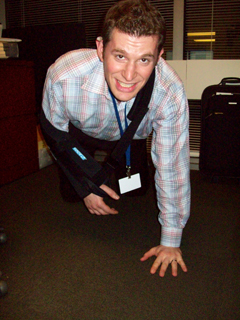

.jpg)


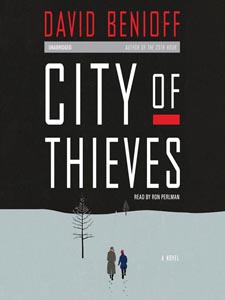
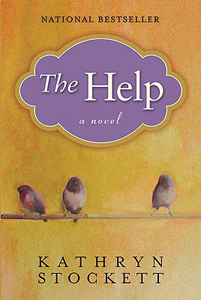

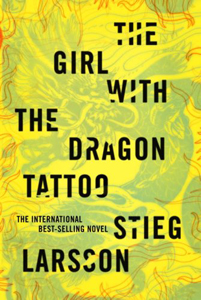
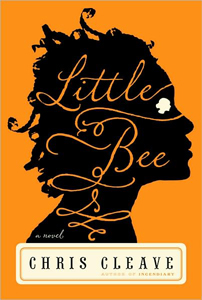
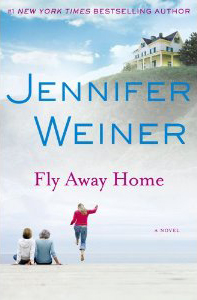
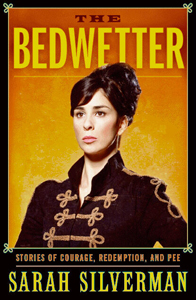
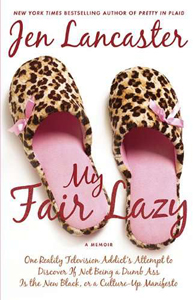
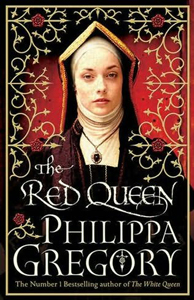
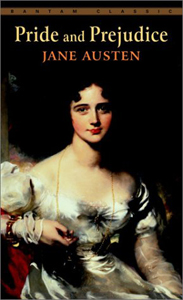
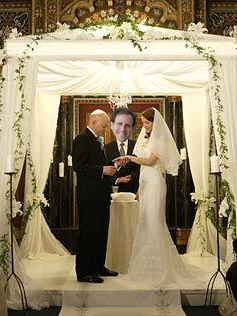


.jpg)



